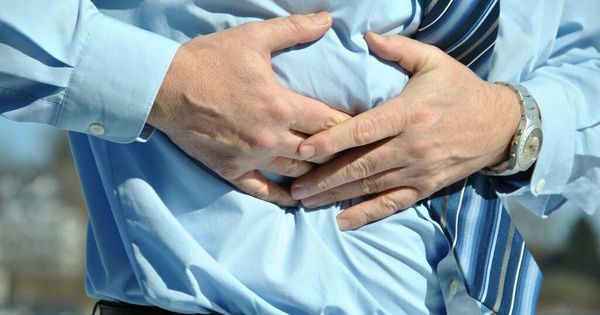Here’s a conundrum. Even though fat is an important component of the healthy human breast, having a high body mass index (BMI) is linked to an increased risk of breast cancer.
Overweight patients also have worse survival rates than those with healthy body weight. So why is this?
Well, a study from Southampton University has discovered that "crown-like structures" surrounding breast tumours in overweight and obese patients could be hindering their response to therapy.
The findings of this study could potentially improve personalised treatment for patients with HER2-positive breast cancer.
In women with a high BMI, increased body fat surrounding the breast can cause inflammatory immune cells, called macrophages, to gather in the breast’s fat tissue.
These macrophages then form the crown-like structures around fat cells, creating inflammation which can be the first step to a cancer forming.
What we don’t know is how these crowns affect breast cancer progression and response to therapy.
The research team, led by professors Stephen Beers, Ramsey Cutress and Dr Charles Birts, assessed samples from a group of HER2-positive breast cancer patients to investigate the link between high BMI and the formation of crowns, and the subsequent effect of these on how patients responded to Herceptin (trastuzumab) therapy.
Overweight patients had more crowns in their fat tissue surrounding the tumour and this was linked to a faster cancer spread which is also an indication of how well patients have responded to treatment.
The team also identified a potential biomarker, called CD32B, on the surface of the macrophages in these crown-like structures.
When this marker was present in overweight and obese patients, their response to Herceptin therapy was poorer.
Prof Beers said: “These findings will be of interest to clinicians and researchers involved in breast cancer treatment as they could potentially be used to develop personalised treatment for patients with HER2-positive over-expressed breast cancer.
“For example, doctors would know that patients with a high BMI and the marker on their crown-like structures are likely to have a poor response to trastuzumab therapy.
“They may therefore benefit from more intensive anti-HER2 therapy earlier in their treatment.
“On the other hand, this study highlights how effective trastuzumab is in patients that do not have the marker. So these patients could benefit from a lower dose of anti-HER2 therapy which may minimise the side-effects they experience.
“Further studies with more patients will be needed to help confirm these initial findings.”










